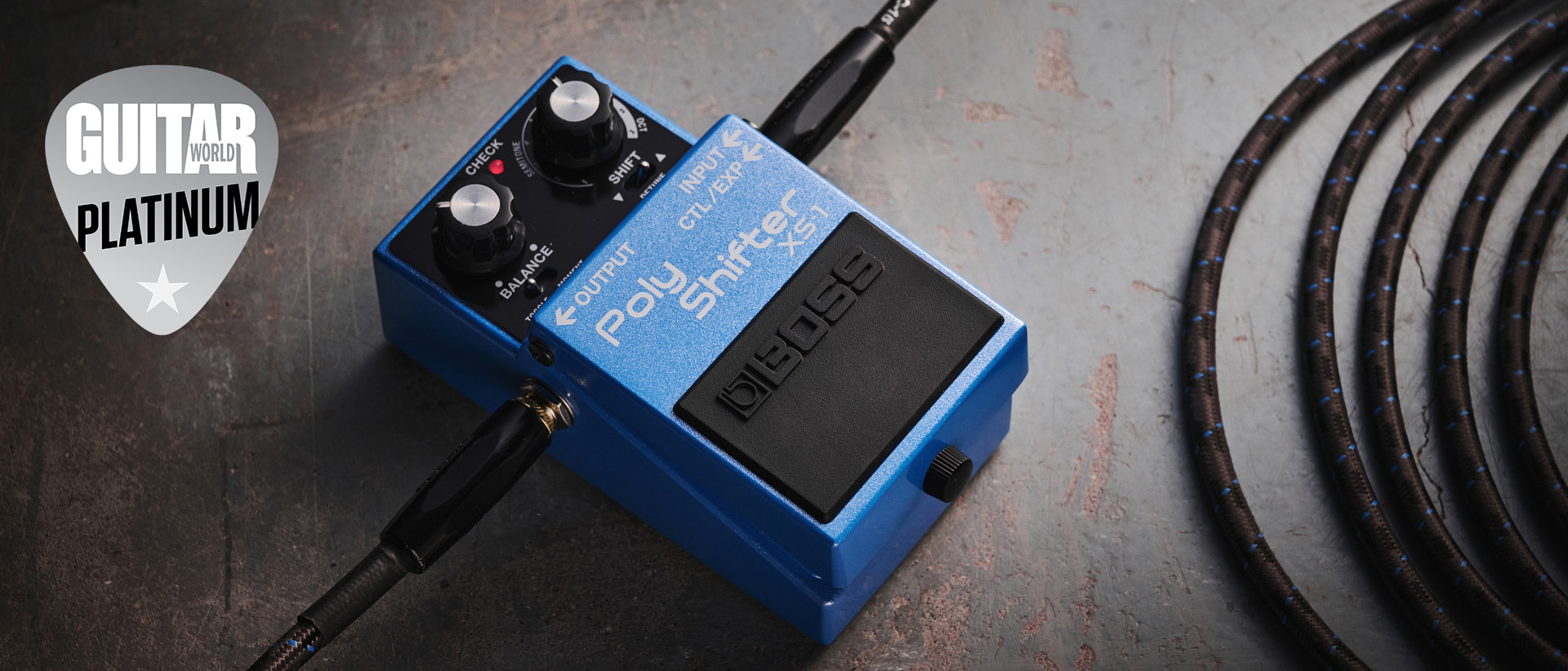Tips for Guitarists: How to Accompany a Singer-Songwriter

Accompanying a singer-songwriter requires an entirely different approach than playing with a band.
A good singer-instrumentalist will have plenty of experience accompanying his or herself as a soloist and will already be adept at creating a full, rhythmic sound with just his or her instrument. As an accompanying electric guitarist, your job is to add decorative color, rather than to fill the sonic space you'd normally be expected to take up in a full band.
In short, you need to figure out how to do more with less.
Here are five tips for playing with a singer-songwriter in a duo or intimate setting.
Play with space.
Whether accompanying an acoustic guitar, keyboard or even a bouzouki, it’s important to pick your spots. Rarely will it be necessary to play full chords; instead, look to utilize chord partials, double stops and arpeggios to help create atmosphere.
Listen for moments in a given song where you can fill an empty space by playing a melodic or rhythmic counterpoint figure, even if only for a single beat. For example, you can look to add fills or licks in between a singer’s vocal phrases, creating a call-and-response effect. This will not only make your guitar parts stand out, but more importantly, keep your singer happy because you're not stepping on his or her vocals.
All the latest guitar news, interviews, lessons, reviews, deals and more, direct to your inbox!
Session guru Adam Levy is a master of using space in his playing. Check out his tasteful performance accompanying Norah Jones on "Come Away with Me."
Utilize the volume knob.
Like many guitarists, you might be accustomed to cranking your volume knob to 10 and leaving it there, but your guitar’s volume selector is actually one of the most effective tools you have at your disposal.
Playing in an intimate setting is all about dynamics, and getting comfortable subtlety changing volume is key. Just inching the knob a few degrees forward or back can have a huge effect on your loudness and tone and can greatly enhance the mood or emotion of a specific moment within a song.
Incorporating pedal steel-like volume swells into your accompaniment is another very effective means to adding a dynamic range to your playing. At first, it might take some practice to feel comfortable manipulating the knob while picking, but once you get a feel for it, it can become a great way to create an ear-catching, atmospheric effect.
Try playing in different registers.
If you’re performing with an acoustic guitarist or a pianist, he or she will likely be playing full-voiced chords in the mid to low register of their instrument. In this case, see if you can find lines in the guitar’s upper register to create a contrast between the two parts. With a singer holding down the low end and middle, you’re freed up to experiment playing in positions far up the neck that you would usually reserve for solos.
In contrast, if you’re playing with a higher-register instrument, say a ukulele or mandolin, it might be more effective to play lower parts or even mimic what a bass player might do.
Incorporate 6th interval voicings.
The most under-used intervals on the guitar are undoubtedly major and minor 6ths. What makes 6ths (which are essentially inverted 3rds), so effective is that they outline the harmony of a given chord in only two notes. 6ths are useful alternatives to full chord voices and have a wider, more open sound than 3rds or 5ths. Plus, not that many guitarists play 6ths, and learning them can give your playing a more distinctive sound.
You can practice learning 6ths by harmonizing the major scale on skipped strings (i.e. 1st and 3rd, 2nd and 4th) and outlining the stock major and minor barre chord shapes you already know. Once you have the pattern under your fingers, you’ll be able to quickly come up with tasty parts to fit just about any chord progression.
The legendary Steve Cropper is credited with popularizing many of the techniques we’ve covered. Check out his use of 6ths in the bridge of Otis Redding’s "Sitting on the Dock of the Bay."
Listen!
This, of course, goes without saying, but actively listening to the musicians you’re playing with is the single most important part of playing in a group. When performing or practicing with just one or two other musicians in an intimate setting, the idiosyncrasies in everyone’s playing become amplified. This means there’s less room for error, but it also allows more opportunity to compliment each other’s playing by being aware of each person’s part.
For most singer-songwriters, the lyrics are the centerpiece of the song, and every aspect of the music should be in service of them. So beyond just being aware of what’s going on musically, see if you can pick up the mood of a song by listening to the lyrics and then mirror the emotional arc of the arrangement with your playing.
Ethan Varian is a freelance writer and guitarist based in San Francisco. He has performed with a number of rock, blues, jazz and bluegrass groups in the Bay Area and in Colorado. Follow him on Twitter.
